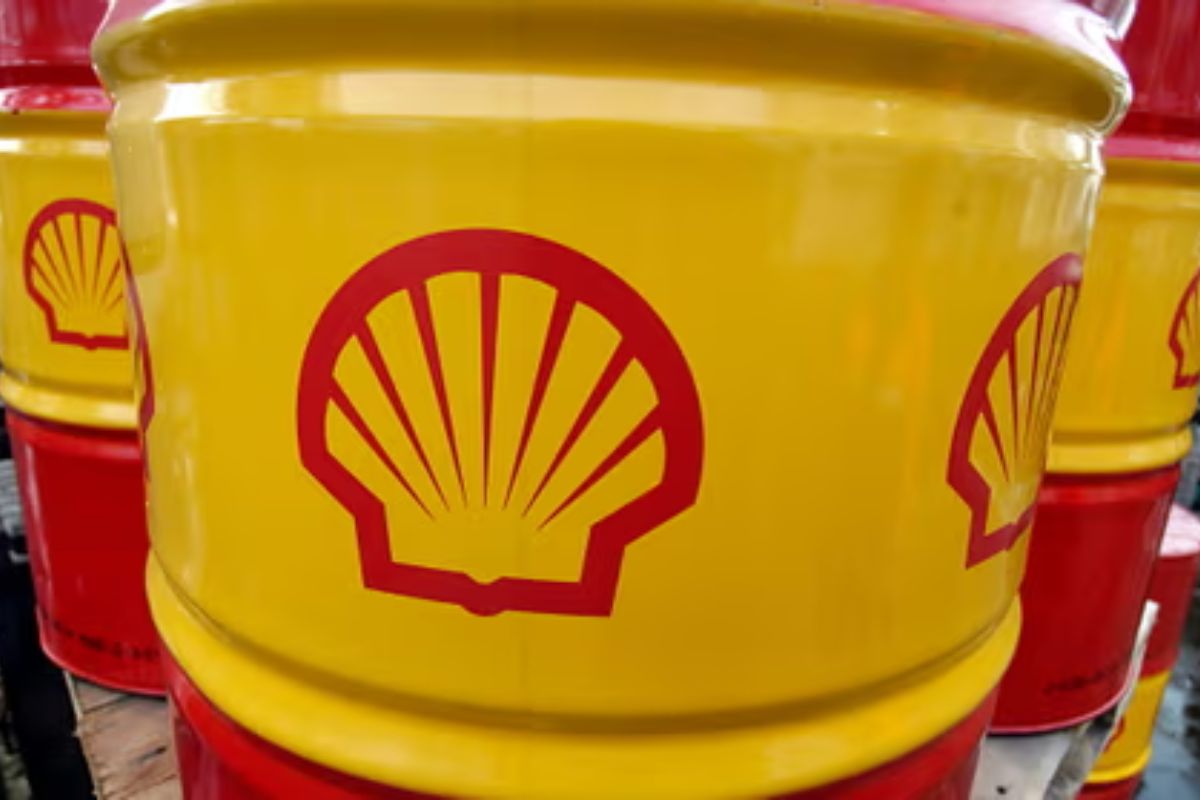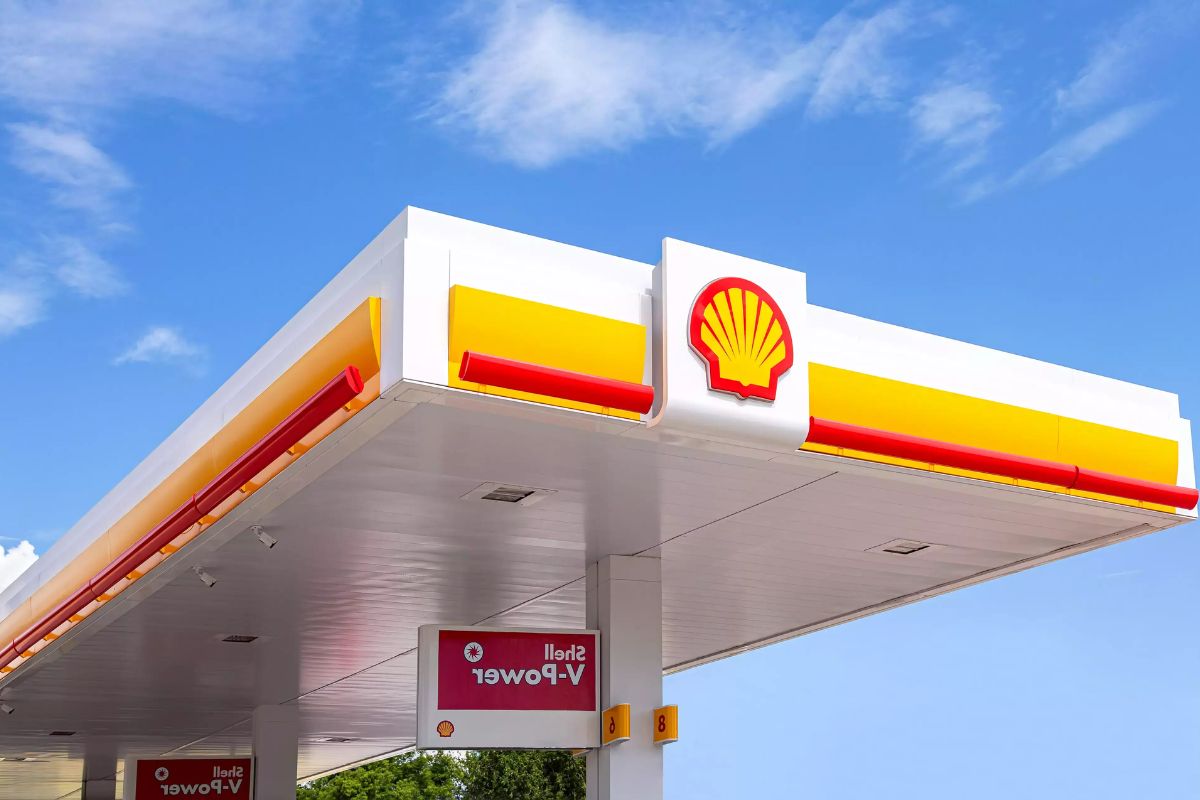Shell’s 2023 Financial Report: Shell, one of the world’s largest oil and gas companies, has recently unveiled its 2023 financial report, revealing a staggering $28 billion surge in earnings. This unexpected boost comes as a surprise amidst a challenging economic landscape and growing concerns about the future of fossil fuel industries.
However, before we jump to conclusions and celebrate this seemingly impressive achievement, it is crucial to critically analyze the underlying factors driving this surge, the potential long-term implications, and the sustainability of Shell’s business model in an era of increasing environmental consciousness.
Key Takeaways
- Shell’s profits have been significantly impacted by declining energy prices and demand, resulting in a 30% decrease in profit.
- The shift away from fossil fuels is affecting Shell’s financial performance, highlighting the need for alternative revenue sources.
- Shell is focusing on simplifying its organization, reducing emissions, and investing in renewable energy and low-carbon technologies to adapt to the changing energy landscape.
- The company’s actions, such as increasing dividends, implementing cost-saving measures, and maintaining steady oil output, demonstrate confidence in future prospects and financial stability.
Shell Reports 30% Profit Decrease in 2023
Shell’s financial performance in 2023 took a significant hit, with a 30% decrease in profit, as the company faced challenges stemming from declining energy prices and demand. This decline in profit should come as no surprise to anyone who has been paying attention to the global energy market.
The world is moving away from fossil fuels, and companies like Shell are feeling the effects. While Shell may have increased dividends by 4% and extended share repurchases, these moves are just a desperate attempt to appease investors who are worried about the uncertain future of the fossil fuel industry.
Also Read: Nigeria’s Oil Sector Faces Uncertain Future Following Shell’s Onshore Asset Sale
It’s clear that Shell’s profits are on a downward trajectory, and no amount of financial maneuvering can change that. The company needs to start thinking about alternative sources of revenue if it wants to survive in the long term.
Mixed Performance and Strategic Focus
As Shell grapples with a challenging financial landscape and a shifting energy market, its mixed performance and strategic focus become increasingly crucial for its long-term survival. Despite the overall profit decline, Shell ended the year on a positive note with fourth-quarter adjusted earnings surpassing analysts’ expectations. This was largely due to strong results in liquefied natural gas (LNG) trading, which offset weaker outcomes in refining and oil trading.
It is evident that Shell’s strategic focus on simplifying its organization in 2024 and delivering value with reduced emissions is a step in the right direction. However, the company must address its mixed performance across different sectors to ensure sustainable growth and profitability. This requires a careful evaluation of its operations and a proactive approach to adapt to the changing energy landscape.
| Strengths | Weaknesses | Opportunities |
|---|---|---|
| Strong LNG trading | Weaker refining | Shifting energy market |
| Commitment to emissions | Weaker oil trading | Simplifying structure |
| reduction |
Shell’s strategic focus and performance in these areas will determine its ability to navigate the challenges ahead and emerge as a leader in the evolving energy industry.
The financial performance of Shell in 2023 reveals a series of highlights and shareholder actions that warrant careful examination. Here are three key takeaways from Shell’s financial report:
- Strong Shareholder Returns: Shell’s shares outperformed its rivals, rising by 1.6% over the past year. Additionally, the company increased its dividend by 4%, demonstrating its commitment to delivering value to shareholders.
- Share Repurchase Program: Shell announced a share repurchase of $3.5 billion over the next three months. This move indicates the company’s confidence in its future prospects and its dedication to returning capital to shareholders.
- Decline in Free Cash Flow: Despite the positive news, concerns were raised over the decline in free cash flow, which fell to $7 billion in the fourth quarter. This decline highlights the need for Shell to address its cash flow generation and ensure sustainable financial performance.
While Shell’s financial report showcases significant earnings growth, it is essential to closely evaluate the company’s actions and financial indicators to gain a comprehensive understanding of its performance and prospects.
CEO Strategy and Cost Reduction Measures
After examining the financial highlights and shareholder actions of Shell, it is crucial to explore the strategic direction set by CEO Wael Sawan and the cost reduction measures implemented by the company.
Sawan, who assumed office in January 2023, has vowed to overhaul Shell’s strategy, with a focus on higher-margin projects, steady oil output, and growth in natural gas production. In line with this vision, the company has initiated staff reductions and implemented cost-saving measures, resulting in annual cost reductions of $1 billion over the past year. These moves are aimed at generating significant savings, with a target of up to $3 billion.
While some may argue that cost-cutting measures can lead to job losses and potential long-term negative impacts on the workforce, others believe that they are necessary to ensure the company’s financial stability and profitability in a rapidly changing energy landscape.
Shell’s Capital Expenditure and Production Forecast
Shell’s capital expenditure and production forecast for the upcoming year show a strategic allocation of resources and a focus on maximizing returns in a changing energy landscape. With the company’s strong financial performance in 2023, Shell is well-positioned to invest in key projects and drive future growth.
Here are three key points to consider:
- Capital expenditure: Shell’s planned capital expenditure for 2024 ranges from $22 billion to $25 billion, indicating a cautious approach in allocating financial resources. This demonstrates the company’s commitment to financial discipline and ensuring a strong return on investment.
- LNG production volume: Following the successful restart of the Prelude floating LNG facility offshore Australia, Shell has increased its LNG production volume forecast for Q1 2024. This highlights the company’s ability to adapt and respond to market conditions, capitalizing on opportunities to enhance production and meet growing demand.
- Changing energy landscape: Shell’s capital expenditure and production forecast also reflect its recognition of the evolving energy landscape. The company is strategically investing in areas such as renewable energy and low-carbon technologies to diversify its portfolio and stay ahead in the transitioning energy market.
Conclusion Of Shell’s 2023 Financial Report
The 2023 financial report from Shell reveals a significant $28 billion earnings surge, indicating a strong performance and strategic focus. Despite a 30% profit decrease, the company’s financial highlights and shareholder actions demonstrate its resilience.
The CEO’s strategy and cost reduction measures have played a crucial role in maintaining stability. Looking ahead, Shell’s capital expenditure and production forecast suggest a promising future for the company.
Our Reader’s Queries
Q1 How much did Shell make in the third quarter?
A Shell, the British oil giant, posted a profit of $6.2 billion for the third quarter, closely aligning with estimates. The company experienced gains from elevated oil prices and improved refining margins. Analysts had anticipated adjusted earnings around $6.48 billion, based on a consensus compiled by LSEG.
Q2 Who owns Shell?
A A U.K.-registered entity, The “Shell” Transport and Trading Company, holds a 40% stake in the group, while the Royal Dutch Petroleum Company, a Netherlands-based company, owns the remaining 60%. The group engages in various aspects of the oil and gas industry, including exploration, production, refining, transportation, and marketing.
Q3 Who is the CEO of Shell?
A The leadership of Shell plc’s Executive Committee is headed by Chief Executive Officer (CEO) Wael Sawan.
A Shell plc has initiated a share buyback program totaling $3.5 billion, spanning approximately three months. The primary objective of this program is to decrease the Company’s issued share capital.




